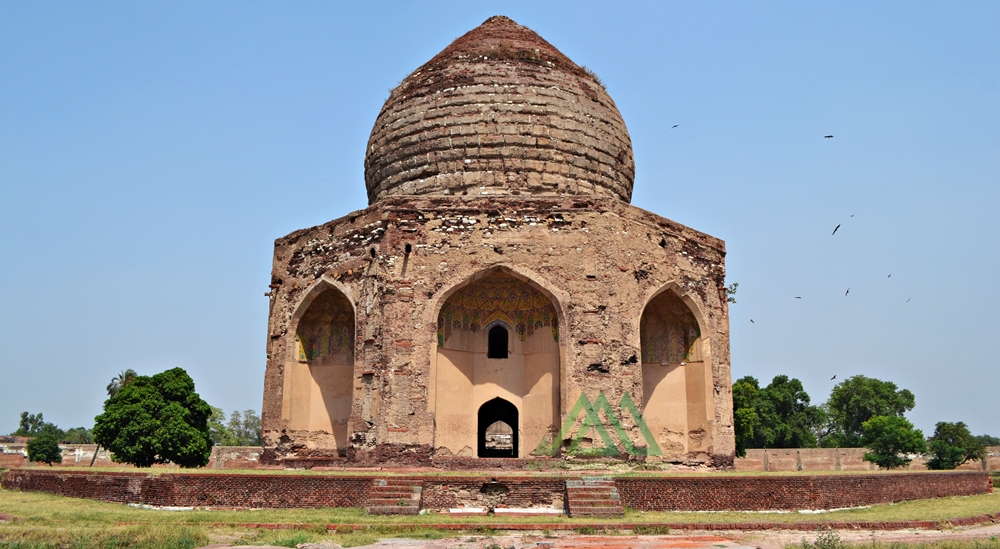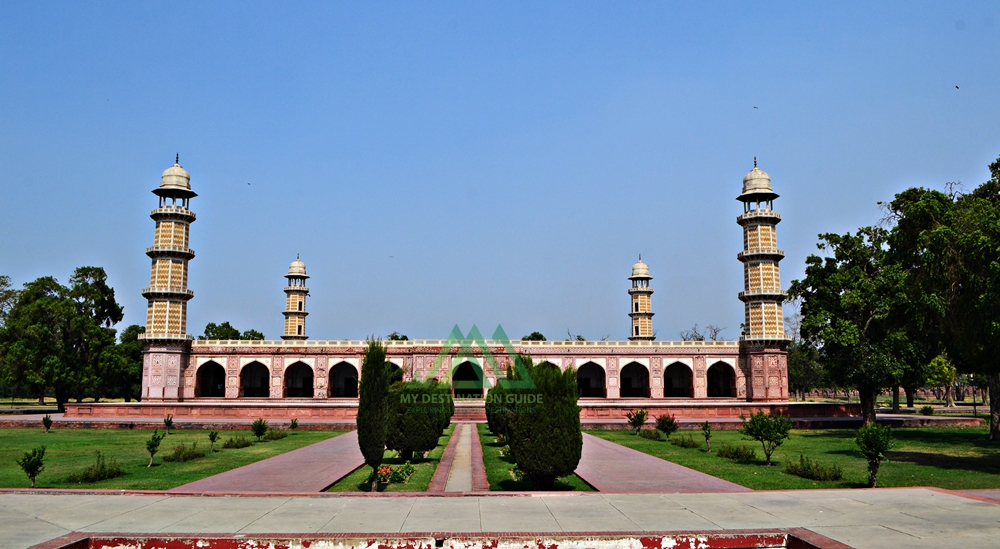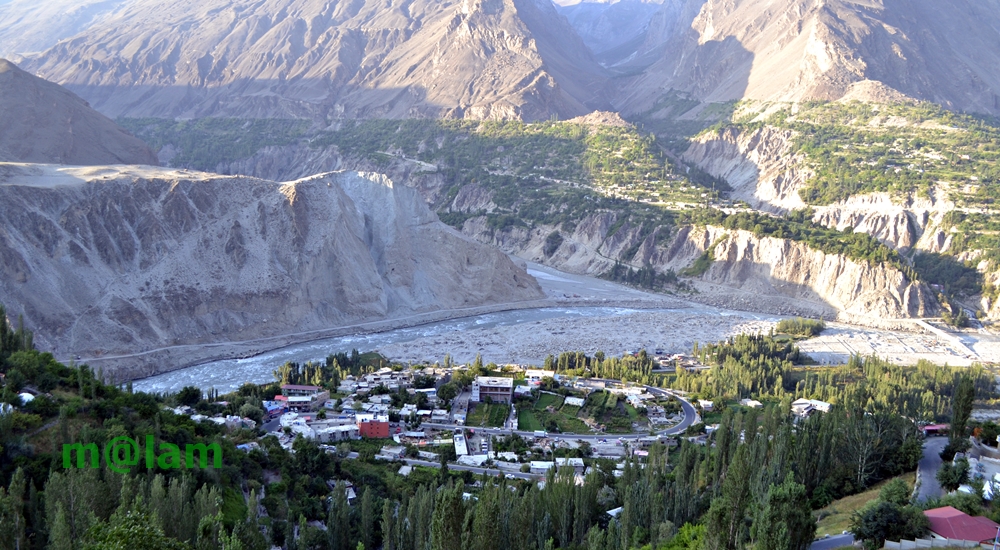Exploring the Magnificence of Shalimar Gardens in Lahore
Unraveling the Marvel of Shalimar Gardens: A UNESCO World Heritage Site
The Shalimar Gardens in Lahore stand as an extraordinary testament to Mughal artistry and aesthetics, reaching their zenith during the reign of the Mughal Empire. Commissioned by the visionary Mughal Emperor Shah Jahan, this architectural marvel began its construction on June 12, 1641. It was completed just 18 months later, in 1642. Together with the Lahore Fort, it was designated as a UNESCO World Heritage Site in 1981.
Embracing All: From Royalty to the Common Folk
While originally intended to serve as an enchanting retreat for royal guests, the Shalimar Gardens welcomed the general public to explore a dedicated section of its lush beauty. The inspiration for these gardens draws from the earlier Shalimar Gardens in Kashmir, built by Emperor Jahangir, the father of Shah Jahan. Remarkably, Shah Jahan himself played an active role in the construction of the Kashmiri gardens.
Architectural Grandeur in Nature’s Embrace
Covering an expansive 16 hectares, the rectangular garden is enclosed by crenelated walls crafted from red sandstone. It is structured across three terraces, gracefully descending from south to north. Each terrace carries a name infused with meaning: the upper terrace, known as “Farah Baksh,” translates to “Bestower of Pleasure,” the middle terrace, “Faiz Baksh,” means “Bestower of Goodness,” and the lower terrace, “Hayat Baksh,” signifies “Bestower of Life.”
410 Dancing Fountains: A Spectacle of Engineering Mastery
The heart of the Shalimar Gardens lies in its 410 fountains, which gracefully rise from the canal, culminating in the marble pools. The hydraulic system that governs these fountains baffles even modern scientists with its ingenious thermal engineering. This engineering brilliance served to cool the air during sweltering summers, offering respite to the garden’s visitors. The upper-level terrace boasts 105 fountains, the middle terrace features 152, and the lower terrace delights with 153.
Beyond the Wall: A World Within
Within the protective embrace of the garden’s walls, a collection of buildings served diverse purposes. These include:
- Sawan Bhadun Pavilions
- Naqar Khana and Its Buildings
- Khwabgah or Sleeping Chambers
- Hammam or Royal Bath
- The Aiwan or Grand Hall
- Aramgah or Resting Place
- Khawabgah of Begum Sahib or Dream Place of the Emperor’s Wife
- Baradaries or Summer Pavilions for Cooling Delight
- Diwan-e-Khas-o-Aam or Hall of the Special and Ordinary Audience with the Emperor
- Two Gateways and Minarets Adorning the Corners of the Gardens
Nature’s Bounty: A Verdant Oasis
The Shalimar Gardens once boasted a lush variety of trees, including Almond, Peach, Apple, Plum, Apricot, Poplar, Cherry, Quince Seedless, Gokcha, Mango, Mulberry, Sapling of Cypress, Shrubs, and Sour and Sweet Oranges.
A Historical Odyssey
Supervised by the noble Khalilullah Khan in Shah Jahan’s court, the Shalimar Garden project took shape. The garden’s original land belonged to the Arian Mian Family, who were bestowed with the title “Mian” by the Emperor in recognition of their services to the Empire. The Mughal engineers, recognizing the ideal location and soil quality, acquired the land, ultimately leading to the creation of the Shalimar Gardens. The Arian Mian Family retained governance of the garden for 350 years until General Ayub Khan nationalized it, a consequence of their opposition to his imposition of martial law.












[…] Shalimar Garden […]